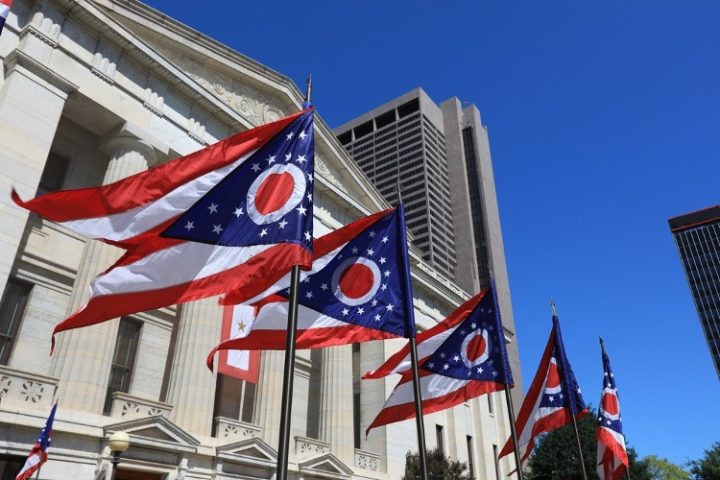
Next week, Ohio voters have an opportunity to take a major step toward restoring constitutional, republican government in the Buckeye State.
On Tuesday, August 8, voters will decide whether to pass a ballot measure officially titled “Issue 1.” If passed, it would amend the Ohio Constitution to raise the threshold to approve subsequent constitutional amendments to 60 percent of the popular vote. Currently, only a simple majority is required to amend the state Constitution.
Issue 1 would also require citizen-initiated constitutional-amendment initiatives to collect voter signatures from all 88 of Ohio’s counties, up from the current requirement of 44 counties.
Early voting for Issue 1 is already well underway. According to a poll conducted by Ohio Northern University, 42.4 percent of Ohioans support Issue 1, while 41 percent are opposed.
Writing in favor of the ballot measure, State Senator Theresa Gavarone (R-Bowling Green), one of its original legislative sponsors, stated, “Ohio’s Constitution is meant to defend our rights and was never intended by founders to be changed in the heat of the moment or at the whim of what out-of-state millionaires or billionaires feel is in their best interest.”
Former Ohio Secretary of State Ken Blackwell added his support for Issue 1, stating, “The U.S. Constitution, carefully crafted for durability, has allowed our nation to flourish for the past 245 years. In large measure, that’s due to the fact that it’s not easy to amend. One of the weaknesses of Ohio’s constitution, on the other hand, is that currently it is far too easy to amend.”
A Republic, Not a Democracy
Issue 1 is important because it will rein in “direct democracy” in Ohio and serve as a step toward restoring the U.S. Founding Fathers’ vision in the state.
Contrary to what many leftists and self-described “conservatives” claim, the United States is not a democracy, nor did the Founding Fathers want it to be so. Rather, they designed the United States to be a constitutional republic — one that protects limited government and individual rights from the “tyranny of the majority.”
Furthermore, Article IV, Section 4, of the U.S. Constitution requires every state to have “a Republican Form of Government.” As with the federal government, states are intended to be constitutional republics.
Unfortunately, both the federal and state governments are moving away from this essential principle. One of the ways this is happening is via growing implementation and use of referendums and popular initiatives on the state level.
Currently, 26 states have implemented citizen-initiated referendum processes. In most of these states, only a simple majority of voters are needed to enact wide-reaching constitutional amendments, which are often pushed by leftist donors and organizations that use this system to their advantage. By raising the threshold for approval to 60 percent, the influence of the groups would be weakened while also making it harder to undermine individual freedom via “democracy.”
As an example of the practical impact of raising the approval threshold, polling indicates that Issue 1 would make it significantly more difficult for a radical pro-abortion referendum, placed on the November 2023 ballot, to pass. And in Florida — currently the only state with a 60-percent threshold to approve constitutional amendments — a 2020 referendum on creating a disastrous California-style “jungle primary” received 57 percent of the vote but failed because of the higher threshold.
Approving “Issue 1” would be a major step toward pushing back against “democracy.” Ohio voters would be wise to vote “Yes” as a step toward restoring republican government in their state.




